Debt and the Public University
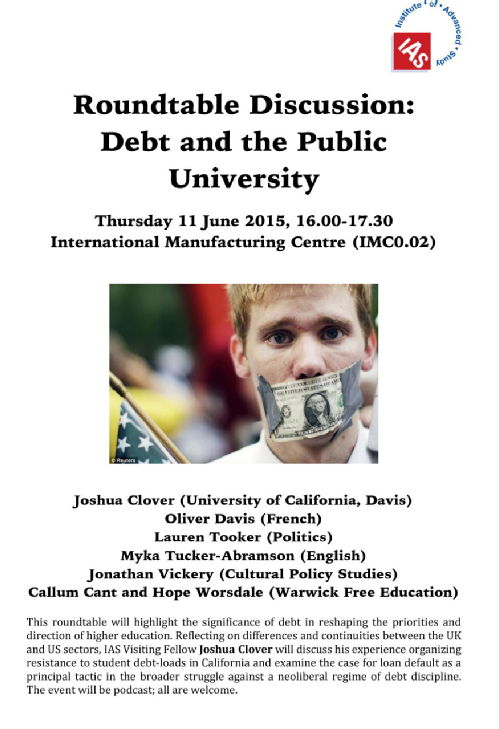
On the 11th June I was one of a Roundtable Discussion Panel, called ‘Debt and the Public University’ (2015, 16.00-17.30 International Manufacturing Centre). The Panel featured Oliver Davis (French), Lauren Tooker (Politics), Myka Tucker-Abramson (English), Jonathan Vickery (Cultural Policy Studies), Callum Cant and Hope Worsdale (Warwick Free Education). The occasion was IAS Visiting Fellow Joshua Clover – a notable scholar from University of California, Davis, award-winning poet, and radical activist. Clover is known for his theories of ‘crisis capitalism’, organizing resistance to student debt-loads in California, and his focusing on the significance of debt in reshaping the priorities and direction of higher education. This Panel was asked to tackle two questions – concerning our understanding of the nature of debt, and our understanding of how it is changing our profession (and by implication, the student—professor relationship).
My contribution, on reflection, contained some mawkish nostalgia for the days when student fees were ushered in by New Labour. Yes, it was the Left who introduced student fees. Blunkett, a one-time far-left local government activist, vowed they would not rise from the £1000 per annum limit at which he had set it (which, I remember, sounded hollow even at the time – even if, even then, the £1000 seemed more like a heavily subsided contribution rather than a costed fee). More importantly was how the Left rationalised this decision. I remember several lines of debate, not least references to how Blunkett’s ‘Methodism’ (as with Gordon Brown’s Scottish Calvinism later) introduced a component of personal responsibility to public expenditure (as a moral obligation of government) -- teaching youngsters the ‘true’ value of money’ was surely a good thing. Other, more political lines of argument, went something like (and I paraphrase) ‘plumbers and builders should not be subsidising the education of the middle classes’; another argument was similarly made on ‘class’ grounds, albeit policy-based: ‘Fees will be means-tested, in reality only paid by ‘middle class’ students, providing a raft of scholarships for all ‘working class’ students’. Fees could thus introduce a new financial mechanism of social equality. At the time, the former (ethical) argument and the latter (foiled) plan, were both subsequently inadequate to the shifts in both political thinking and public opinion that emerged. From this two things are obvious: that public policies (like fees for higher education) are rarely subject to thorough research and evaluation and a management of their consequences -- policy makers often have little imaginative anticipation of the lateral or unintended outcomes of their policies. Debt has generated social conditions that threaten to exceed the very orbit of public policies, and like a runaway train, are generating problems so pervasive they will cease to be categorised as ‘student debt’. And further – with reference to Joshua Clover’s various talks, lectures and statements (on You Tube, for example) – this exceeds the often mundane arguments between the current political ‘Left and Right’.
Clover’s thinking on this subject by-passed a lot of the chatter on the current affairs of subsidy, costs or particular HE policies. Debt, rather, has become a structural feature of global 'crisis capitalism'. Debt has become an industry, and so an embedded part of the economy. The agents of debt (between 2006-10) brought Western economies to their knees, degrading or wiping out generations of workers investments, labour pensions and the accumulated savings of ordinary citizens. Student fees – and with it the financial structures of higher education – are being systematically absorbed into this industry, and while banks and politicians alike tend to frame student fees in terms of ‘investment’ or even ‘credit, of which there is precious little policy research on the long term consequences and political implications. That debt is systematic and pervasive generates a new economic reality, to the extent that all parties, Left and Right, now accept it as a matter of fact, or an epiphenomenon of a global economy outside the political influence of any one government or even one global agency. And so what started with a perfectly reasonable attempt to introduce some moral responsibility into public finance ends up as some Frankenstein monster that, right now, doesn’t benefit anyone except the most dangerous actors on the economic stage.
 Jonathan Vickery
Jonathan Vickery

 Please wait - comments are loading
Please wait - comments are loading


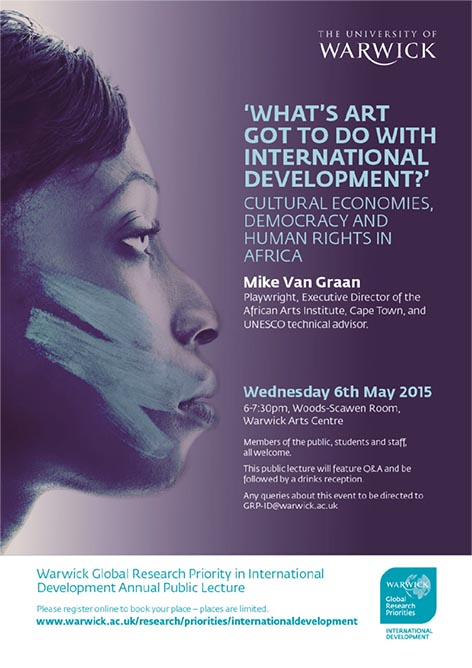



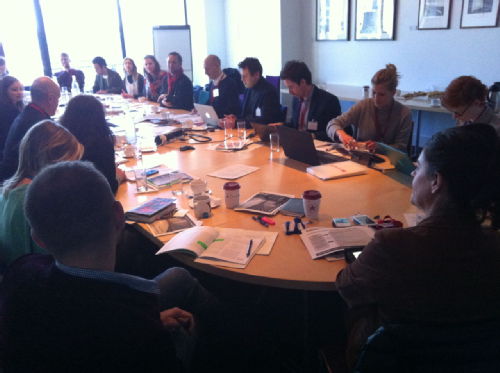
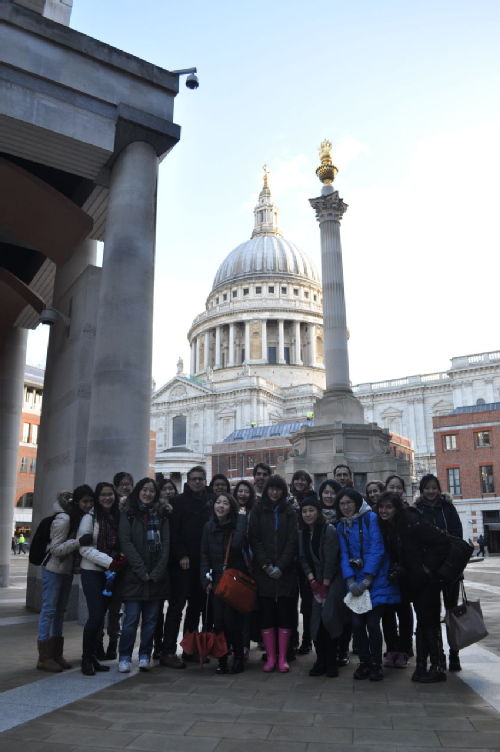
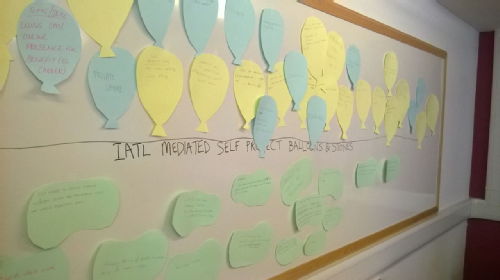

 Loading…
Loading…

